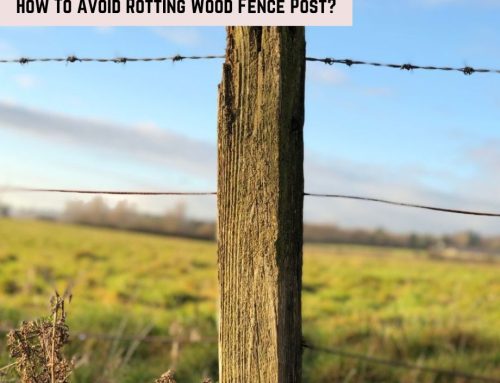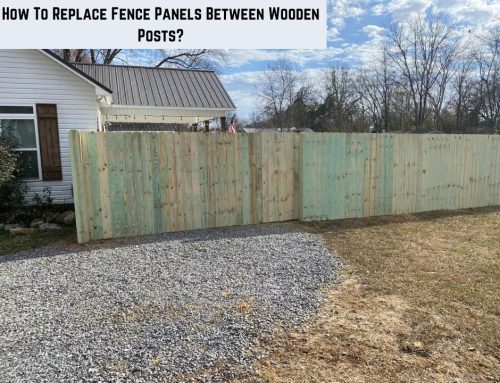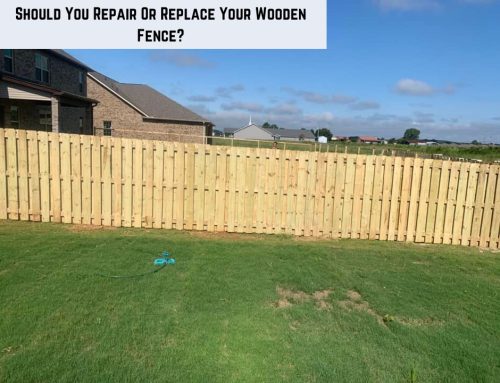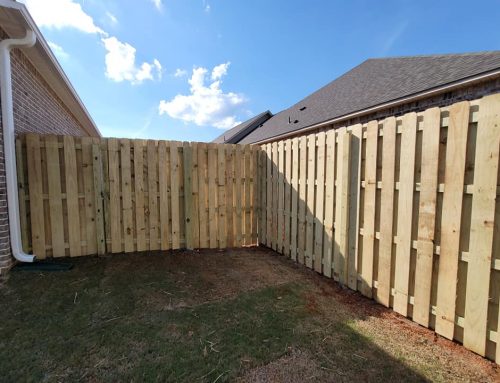Cedar vs Redwood Fences
Redwood is the more durable, long-lasting choice for a fence when compared to cedar. Cedar, however, is more affordable and comes in more color options. Redwood excels due to its superior durability, natural resistance to decay, and longer lifespan compared to cedar, making it a top choice for fences.
Now, let’s explore the reasons behind this choice. In this article, I’ll explore the benefits of Redwood fences and why they outshine Cedar. So, stay with me.
Comparison of Cedar and Redwood
Choosing between cedar and redwood for your fence involves weighing their characteristics. Let’s explore the differences to help you make an informed decision for your yard.
| Characteristic | Cedar | Redwood |
| Durability | Resistant to decay, withstands weather | Highly durable, natural resistance |
| Affordability | Budget-friendly, cost-effective | Premium wood, relatively more costly |
| Color Options | Various natural hues, customizable | Rich reddish-brown, timeless appeal |
| Maintenance | Low maintenance, periodic staining | Low maintenance, naturally decay-resistant |
| Lifespan | Long-lasting | Exceptionally long lifespan |
Discuss the characteristics of Cedar
let’s discuss the characteristics of Cedarwood for your fence.
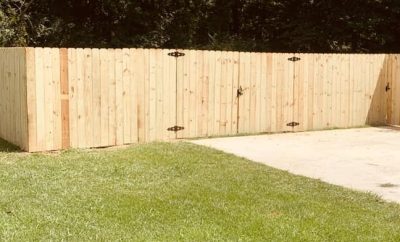
Durability
Cedar wood is highly regarded for its exceptional durability, which makes it an excellent choice for constructing fences. One of its standout features is its natural resistance to decay and rot. This innate property is due to the presence of natural oils within the wood, which act as preservatives.
These oils protect Cedar from the elements, allowing it to endure harsh weather conditions without warping or splitting. Whether it’s rain, sun, or even exposure to moisture, Cedar remains resilient, ensuring that your fence will stand the test of time.
Affordability
Cedar offers a compelling combination of quality and affordability. It’s considered a cost-effective option for those seeking a durable and attractive fence material without breaking the bank.
Despite its budget-friendly nature, Cedar doesn’t compromise on strength or aesthetic appeal. This affordability factor makes Cedar appealing for homeowners who want to invest in a long-lasting fence while staying within their budget.
Color Options
Cedarwood boasts a wide range of natural colors, including reddish-brown, pink, and light amber. These natural hues add character and warmth to any yard. Furthermore, Cedar’s versatility extends to its ability to be stained in various shades.
This means you can customize the appearance of your Cedar fence to match your specific aesthetic preferences. Whether you prefer the natural look or want to explore different stain colors, Cedar offers flexibility in design.
Maintenance
One of the advantages of Cedar as a fencing material is its relatively low maintenance requirements. While all wood fences benefit from some upkeep, Cedar demands less attention than other wood types.
To preserve its appearance and extend its lifespan, periodic staining or sealing is recommended. This minimal maintenance effort makes Cedar appealing for homeowners who prefer hassle-free fencing options that maintain their beauty and functionality over time.
Highlight The Qualities Of Redwood
Let’s go into the exceptional qualities of Redwood for your fence.

Superior Durability:
Redwood stands out for its remarkable durability. It’s naturally resistant to decay and insects, which means it can withstand the test of time without succumbing to rot or pest damage. This innate strength makes Redwood an excellent choice for a long-lasting fence that can endure various environmental conditions.
Natural Decay Resistance
Redwood’s resistance to decay is one of its key attributes. The wood contains natural chemicals that act as preservatives, protecting it from moisture and fungal decay. Redwood is ideal for areas with high humidity or frequent rain, ensuring your fence remains sturdy and appealing for years.
Long Lifespan
Redwood fences are known for their longevity. Due to its inherent durability and decay-resistant properties, Redwood can maintain its structural integrity and appearance for an extended period. Investing in a Redwood fence often means a fence that lasts and retains its aesthetic appeal over time.
Aesthetic Appeal
Redwood possesses a natural beauty that enhances the visual appeal of any yard. Its rich, reddish-brown tones exude warmth and elegance. Redwood fences are sturdy and are timeless and attractive to your outdoor space.
Cedar vs. Redwood Fences: Which is Right for You?
When it comes to building a fence, wood is a popular choice. Two common woods for fences are cedar and redwood. Let’s compare them to help you decide.
Durability
- Cedar: Lasts about 15-20 years. Resists insects and rot.
- Redwood: Lasts up to 30 years. Even better at resisting insects and rot.
Color
- Cedar: Starts as a reddish-brown. Turns gray over time.
- Redwood: Rich red. Keeps its color longer.
Cost
- Cedar: Generally cheaper.
- Redwood: More expensive. You’re paying for durability.
Maintenance
- Cedar: Needs regular staining or sealing.
- Redwood: Requires less maintenance.
Availability
- Cedar: Easier to find.
- Redwood: It may be less available, depending on your location.
Environmental Impact
- Cedar: Often sustainably harvested.
- Redwood: Some concerns about over-harvesting.
Final Verdict
when it comes to choosing between Cedar and Redwood for your fence, Redwood clearly takes the lead. Its superior durability, timeless aesthetic appeal, low maintenance requirements, and exceptional longevity make it the preferred choice for many homeowners.
While Cedar has its merits, Redwood is the optimal investment for a fence that not only endures but also enhances the beauty of your outdoor space, providing long-term value and peace of mind.


